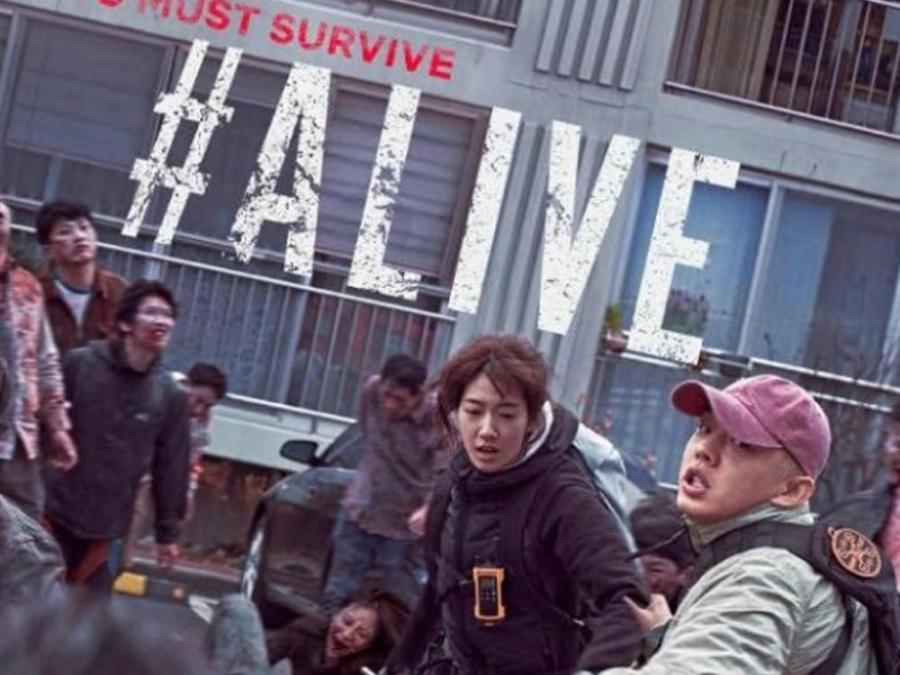
The Burning Sea (Norwegian title: Nordsjøen) is a gripping 2021 disaster thriller directed by John Andreas Andersen, and marks the third installment in Norway’s line of environmentally-conscious catastrophe films, following The Wave (2015) and The Quake (2018). Rooted in the very real dangers of offshore drilling in the North Sea, the film uses speculative disaster fiction as a lens through which it critiques humanity’s reliance on fossil fuels and the vulnerability of modern infrastructure when faced with natural forces.
The story centers on Sofia, a marine robotics engineer played by Kristine Kujath Thorp, who becomes embroiled in a high-stakes rescue and containment mission after a drilling platform collapses mysteriously in the North Sea. When it’s discovered that a massive fissure has opened on the ocean floor—threatening to trigger a chain of devastating oil rig explosions—the film shifts into full-throttle tension. The urgency escalates as Sofia realizes her partner, Stian, is trapped on a soon-to-collapse platform. Thematically, The Burning Sea explores corporate irresponsibility, the hidden costs of energy dependence, and personal sacrifice during ecological crises.
Visually, the film delivers impressive effects, especially for a non-Hollywood production. Explosions, sinking platforms, and the dark, brooding sea itself are rendered with sobering realism. The underwater cinematography is particularly effective in evoking claustrophobia and dread. However, it’s not just spectacle—the film is grounded in emotion, largely thanks to Sofia’s determined and vulnerable portrayal, offering a refreshing take on a female lead in a genre often dominated by testosterone-driven heroes.
Yet, some critics have noted that while the film’s environmental message is timely and urgent, the plot occasionally dips into familiar disaster tropes. Corporate denial, last-minute rescues, and the classic “save a loved one” arc are staples of the genre, and The Burning Sea doesn’t completely escape them. Nevertheless, it succeeds where it matters most: making viewers care—not just about the characters, but about the deeper, real-world issues simmering beneath the narrative surface.
Following the events of the original, The Burning Sea 2 could plausibly pick up as seismic activity in the North Atlantic intensifies. A massive tectonic plate shift exposes methane pockets trapped under the seabed. The release not only accelerates climate consequences but causes strange atmospheric phenomena. As governments scramble to respond, Sofia—now leading an international environmental risk agency—uncovers a buried research facility with dark secrets: the fault was not natural. Could human interference have triggered the Earth’s fury?

This imagined sequel might move the setting toward Greenland’s melting ice shelves and Arctic territories, raising the stakes globally. Themes could include geopolitical tensions over newly exposed fossil fuel reserves, rogue science, and humanity standing at a crossroads—exploit or protect.
Done right, Tectonic Divide could evolve The Burning Sea from a local disaster thriller into an international environmental epic—continuing Norway’s tradition of emotionally grounded, scientifically plausible, eco-thriller cinema.

